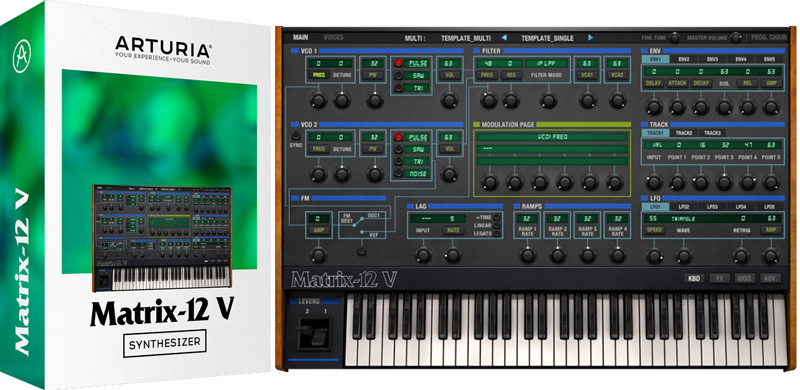You're currently on:
Matrix 12 V
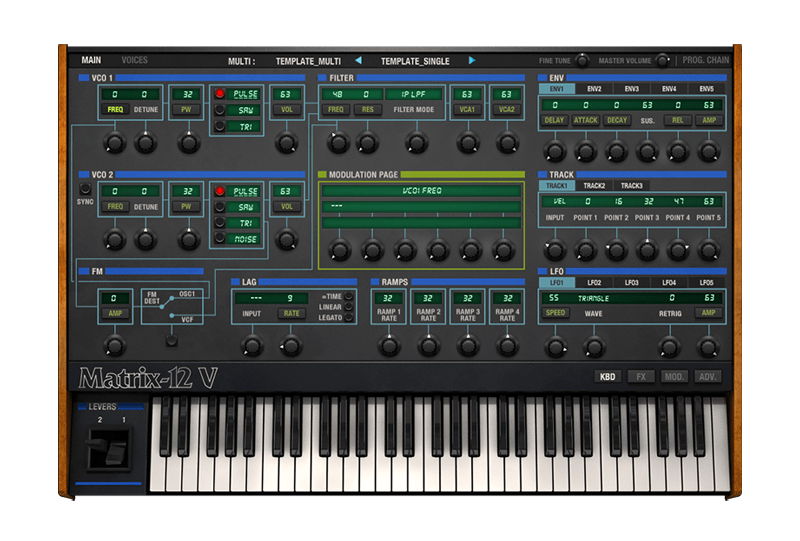
Often coveted, rarely found for sale, and known as one of the greatest analog synths ever made, the Oberheim Matrix 12 was the crowning pinnacle of Oberheim products. Used by the likes of Joe Zawinul, Michael Brecker, Keith Emerson, Vince Clarke, Tangerine Dream, Nitzer Ebb, and many more, it is now available to you too.
HISTORY
In the mid 80’s, the synth world was being shaken up by three forces, the new sounds of the Yamaha DX-7, digital samplers and low cost, feature stripped synths like the Juno 106 and Korg Poly 6.
Oberheim, who had a long legacy of making some of the best sounding synths decided that, there was still a desire and need for a no-holds barred analog synth, so the Oberheim Xpander was created in 1984. The Xpander had the same voice as the Matrix 12 but only had 6 voices and no keyboard.
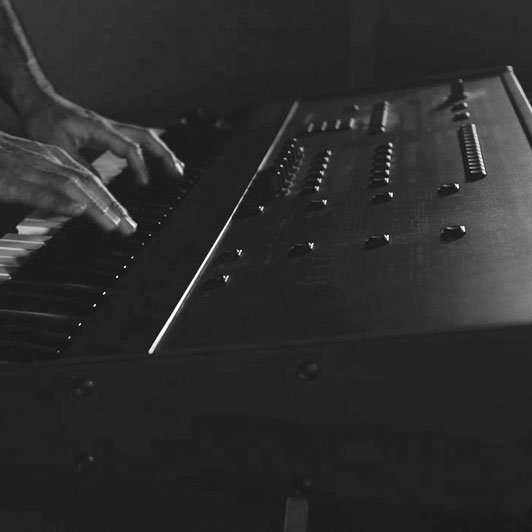
In 1985, the Matrix 12 was released and was the big brother follow up to the successful Oberheim Xpander synth. Designed by legendary engineers Marcus Ryle and Michele Doidic, the Xpander and Matrix 12 were revolutionary in their time and still are considered the finest examples of analog poly synths ever made.
The near $5000 price tag put it out of reach from all but the famous and wealthy however. Even at that price there were about 1000 units made, many of which are still in service today.
A FAITHFUL REPRODUCTION
The Matrix-12 V uses Arturia's powerful TAE® engine to reproduce all the details that makes the sound of this legendary analog synthesizer.
Oscillators
The two oscillators of the original Matrix-12 were accurately modeled and recreated. All the waveforms are modeled using aliasing-free algorithms part of our TAE® technology. Pulse width modulation, noise and the powerful FM functionalities are there, too.

Filters
The Matrix-12 employs a single filter per voice, but provides no less than 15 different filter modes. Four Low Pass and three High Pass modes plus two Band Pass modes, a Notch and a Phase Shift mode. Four additional modes are included, which combine a 1-Pole Low Pass with other filter modes.

More modulation possibilities than you will ever imagine
The Matrix-12's legendary "Modulation Matrix" was recreated. Five Envelopes, five LFOs, 4 Ramp and 3 Track generators, Velocity, Pressure, ... In total, 27 modulation sources can be connected to any of the 47 destinations parameters. This synthesizer created by Tom Oberheim was a sound designer's dream and this dream can finally be yours without having to break the bank!
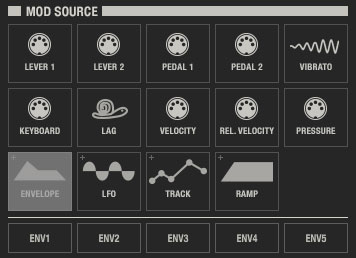
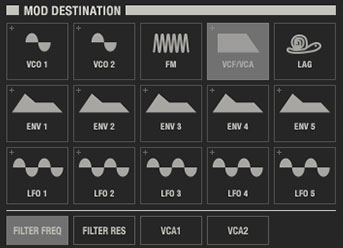
Authenticity with an extra twist
The Matrix-12 V offers all the features of the original synth, which should already keep you busy for a few years! On top of that, we added a few cool enhancements
Effects
Two insert effect slots are provided.
Choose from one of the six studio-grade effects for each of the slots:
Chorus
Classic delay
Flanger
Analog delay




An interface optimized for software
The original Oberheim Matrix-12 while being fun to program and extremely powerful was not a great performance synthesizer due to the limited number of controls on the front panel. Our software recreation puts you in direct control over many parameters, as well as a panel that displays all the active modulations contained in your patch.
Single vs Multi
The Matrix-12 V, just like its analog predecessor, is a multi-timbral instrument. In Multi mode, each of the 12 voices can contain a different sound. These sounds can then be split on different zones of the keyboard, individually transposed, played unison... The software interface makes this configuration a breeze!

MAKE IT YOURS
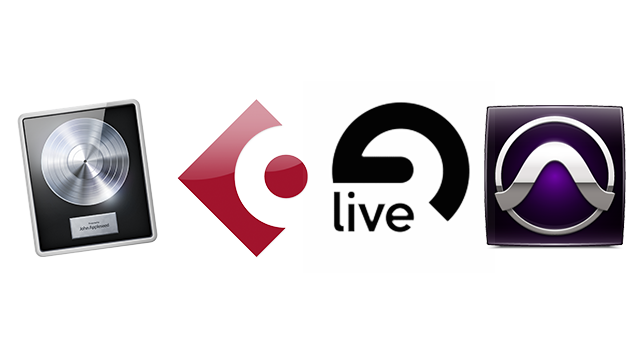
The Matrix 12 V is a virtual instrument that can be used as a stand-alone application or as a plug-in within your favourite sequencer program : Digidesign Pro Tools, Steinberg Cubase, Ableton Live, Apple Logic, ...
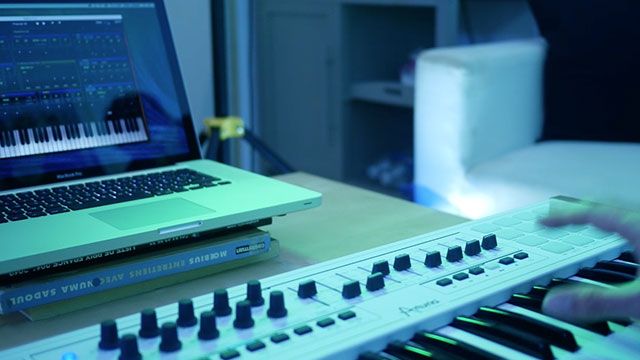
The Matrix 12 V is set to be controlled by any MIDI keyboard. The MIDI mapping is user customizable so you can map it any way you want to. Almost all parameters can be assigned, and you can even assign a MIDI control to the Program Chain list to navigate your favourite presets on the fly.

The Matrix 12 V is protected by the Arturia Software Center application (ASC). It means that it can be installed on up to 5 computers, activated in a single click, quickly updated when Arturia releases a new version, all from a single, easy to use application.
SOUNDS
The Matrix-12 V includes more than 500 presets created by some of the world's most talented sound designers. We also included all the original presets from the Oberheim Matrix-12 and Oberheim Xpander!
Sequences / Sound effects
Again, thanks to the powerful modulation matrix, the Matrix-12 V can excel for all types of sound effects. It is a bit like having twelve modular synthesizers in one box!
Basses / Leads
Even though the Matrix 12 was most popular for its polyphonic sounds, it could deliver powerful monophonic sounds, in part thanks to its unison modes
Pads / Textures
With 12 voices of polyphony and an incredible amount of modulation possibilities, the Matrix-12 V is the best synthesizer for evolving textures, soundscapes...
Sequences / Sound effects
Again, thanks to the powerful modulation matrix, the Matrix-12 V can excel for all types of sound effects. It is a bit like having twelve modular synthesizers in one box!
Basses / Leads
Even though the Matrix 12 was most popular for its polyphonic sounds, it could deliver powerful monophonic sounds, in part thanks to its unison modes
Arturia Software Center
The Arturia Software Center (Or ASC) is an application that takes care of your Arturia instruments.
It is the entry point to activate your instruments on a computer. It makes your experience easy and simple.
The Arturia software center lets you download updates, try demos, check details on a specific instrument or purchase.
Included in the V Collection 4

This product is part of the V Collection bundle. This plugin suite puts the sounds of the most legendary synthesizers, electric keyboards, organs, string machines and drum kits, at your finger tips.
The V Collection completes what is missing in your DAW by giving you an arsenal of the best-proven instruments in history.
Platform specifications
 : Win 7+ PC: 4 GB RAM; 2 GHz CPU. 2GB free hard disk space
: Win 7+ PC: 4 GB RAM; 2 GHz CPU. 2GB free hard disk space : 10.8+: 4 GB RAM; 2 GHz CPU. 2GB free hard disk space
: 10.8+: 4 GB RAM; 2 GHz CPU. 2GB free hard disk spaceRequired configuration
Works in Standalone, VST 2.4, VST 3, AAX (ProTools 11), Audio Unit.
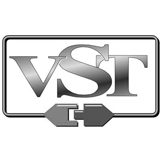



Protection
The software is protected by the Arturia Software Center.
Features
Oscillator 2 also offers a white noise generator.
Oscillator 1 can be frequency modulated.
Single filter with 15 modes, 4 Low Pass, 3 High Pass, 2 Band Pass modes, Notch, Phase Shift plus four additional "combo" filter modes.
Ultra-powerful modulation matrix with 27 sources and 47 destinations.
Sources include 5 envelopes, 5 LFOs, 4 Ramp, 3 Track generators, Velocity, Pressure, Keyboard follow, ...
Two insert effect slots with six studio-grade effects to choose from.
12 voices of polyphony like the original instrument
Multitimbrality
Works in Standalone, VST, VST3, AU, AAX.
What is TAE® ?
TAE® is "True Analog Emulation" - Arturia's exclusive technology which accurately reproduces, tone, waveshape, tuning and other detailed characteristics of an analog synthesizer.
Better reproduction of analog oscillators
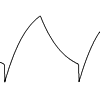
TAE® recreates the characteristics of analog oscillators in amazing detail. The transparency and clarity of our analog synthesizer emulations give the musician a freedom to be inspired by classic sounds or explore new textures with the expectation that previous limitations of digital oscillators will not interrupt the creative flow.
Better reproduction of analog filters
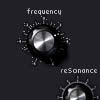
Filters are a major element in substractive sound synthesis. It is important to reproduce the exact characteristics of analog filters in the digital domain, as well as the individual characteristics of classics instruments that give them each their characteristic sound.
Implementation of soft clipping

Soft clipping can give the sound more punch and deeper basses, together with limiting the amplitude of the sound. It is another important point that gives analog synthesis its sound and "attitude".
Oscillators
Better reproduction of analog oscillators
TAE® oscillators are very similar to their analog counterparts for several important reasons.
One of the main reasons is that they are "free", i.e. they are not sampled or wavetable based - or generated from a 0-point when a note is played. Each waveform generated dynamically, allowing the waveform to be in constant adaptation regarding sampling "cutting" and quantization, avoiding one of the major "tell-tale" signs of digital waveform generation and provides a certain level of "liveness" found in the classic analog synthesizers of the past.
Standard digital synthesizers produce aliasing in high frequencies, and also when using Pulse Width Modulation or Frequency Modulation. TAE® allows the production of oscillators that are totally aliasing-free in all contexts (PWM, FM,…), at no extra CPU cost.
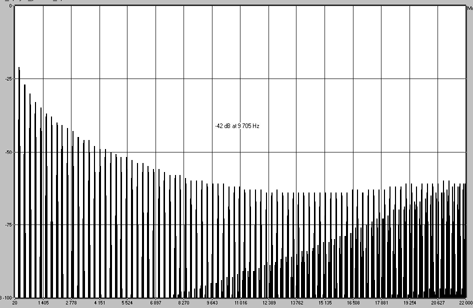
Frequency spectrum of a typical software synthesizer

Frequency spectrum of a TAE® oscillator
Also, all of our oscillators are highly optimized for the particular working frequency. That means that you can play with an instrument exactly as if you played a real analog synthesizer. Again, the waveforms are not presampled and or regenerated with digital perfection, allowing each note to have a life of its own.
In addition, original analog oscillators were unstable. Actually, their wave shape was always slightly different from one period to another. It is also true that due to analog hardware sensitivity, new period trigger times varied with the temperature and other environmental conditions.
TAE® allows the simulation of the oscillator's instability, helping to create warmer and fatter sound.
Original analog oscillators used condensers' unloading to produce common wave shapes (saw tooth, triangle, square). This means that wave forms were slightly curved or distorted in other ways that are considered highly desirable in a musical context. TAE® allows the reproduction of condenser's unload in order to give you the original analog sound.
Because TAE® oscillators are "free" and "alive", when you play a simple chords with raw oscillators, you don't have a digital impression of "fog" or a "blocked" sound, but you have a pleasant feeling of transparency and clarity.
PWM
With TAE®, you can even produce complex PWM sounds with unprecedented quality and, of course, free of any aliasing. It is true for all the our TAE® waveforms (square, triangle, saw…). This produces sounds which are unique on the market, because PWM is very difficult to achieve on certain waveforms like triangle or saw/ramp. We bring you new levels of reality in a virtual analog synthesizer, so that you can achieve new levels of creativity in your music.
Filters
Better Reproduction of Analog with Direct Filter Circuit Modeling
TAE® produces the characteristics of the analog filters in the digital domain.
Let’s take the Prophet V for example. Due to advances in computer processing power, the Prophet V can now employ direct filter modeling techniques to achieve unprecedented accuracy in the emulation of the original's analog 4 pole low pass filter. By modeling the operation of the individual hardware components of the filter circuit, the warm nuances synonymous with the original's analog sounds are recreated.
This graph is a frequency domain plot as just a single example of direct circuit modeling in action; it shows the generation of harmonics at multiples of the resonant frequency when the filter is in self oscillation mode, for both the virtual (blue) and original (red).
These harmonics are characteristic of the Prophet 5's filter and are due to the non-linear behavior inherent in its analog circuitry. The harmonics generated add to the richness and warmth of the sound produced by the filter. As a result of the direct recreation of the analog circuitry in the Prophet V, the same characteristics of the sound are present, thus giving the user a truly analog sound.
Harmonics generated by the filter circuit when in self oscillation prophet 5 original: blue, prophet virtual: red
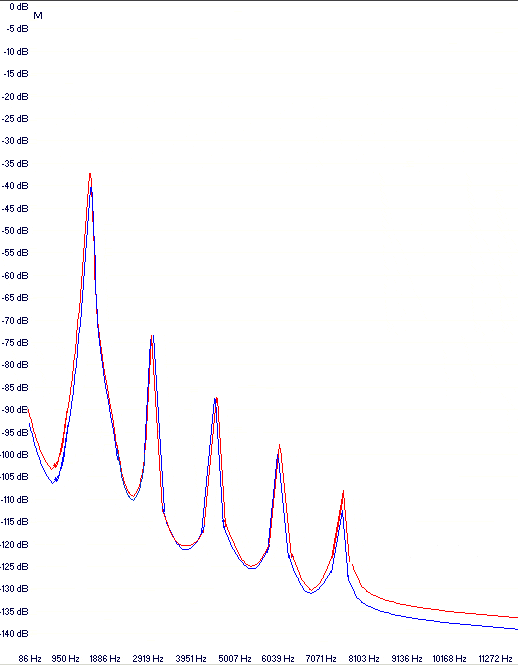
Soft clipping
Implementation of soft clipping
In analog synthesizers, the resonant filter uses a current limiting function, preventing the signal from being too loud (soft clipping).

TAE® allows the reproduction of this current limiting function, making the sound more natural. It also allows filters to enter self-oscillation like original hardware synthesizers do.
Also, soft clipping can be a kind of saturation effect, but with a very particular shape. Common shapes can't give good results compared to analog soft clipping which is very particular to output amplification stages of analog synthetisers, and is a critical component to "the analog sound".
 Artists speak about Matrix 12 V
Artists speak about Matrix 12 V
With the Matrix 12 , Arturia has faithfully recreated a classic machine. Excellent sounds and great functionality! I look forward to adding these to list of Arturia products already featured in my studio set up.
DJ Sasha
 Artists speak about Matrix 12 V
Artists speak about Matrix 12 V
Arturia continues to excel in making vintage synthesizers available as soft synths. Their latest Matrix 12 is a dream come true
Jason Miles
 Artists speak about Matrix 12 V
Artists speak about Matrix 12 V
With the Matrix 12 , Arturia has faithfully recreated a classic machine. Excellent sounds and great functionality! I look forward to adding these to list of Arturia products already featured in my studio set up.
DJ Sasha
 Artists speak about Matrix 12 V
Artists speak about Matrix 12 V
Arturia continues to excel in making vintage synthesizers available as soft synths. Their latest Matrix 12 is a dream come true
Jason Miles
Recreation
We recreated the tonal aspects of the original 2 oscillators and their waveforms but more importantly we modeled the 15 filter modes!
The Matrix 12’s complex sound was defined by its multiple filter modes and by the amazing number of modulation sources and destinations.
With nearly endless possibilities of modulation routings you can create sounds with very organic qualities not found in other synthesizers.
Extra Features
While the Matrix 12 was amazing in itself, we pushed it further by adding new effects chain for further processing of the sound. We also expanded the allowed number of modulations from 20 to 40 giving you even more creative freedom. Add to this the ability to control all the parameters via MIDI, you can now do automations in a DAW or manually that could never be done before.

 Gallery
Gallery
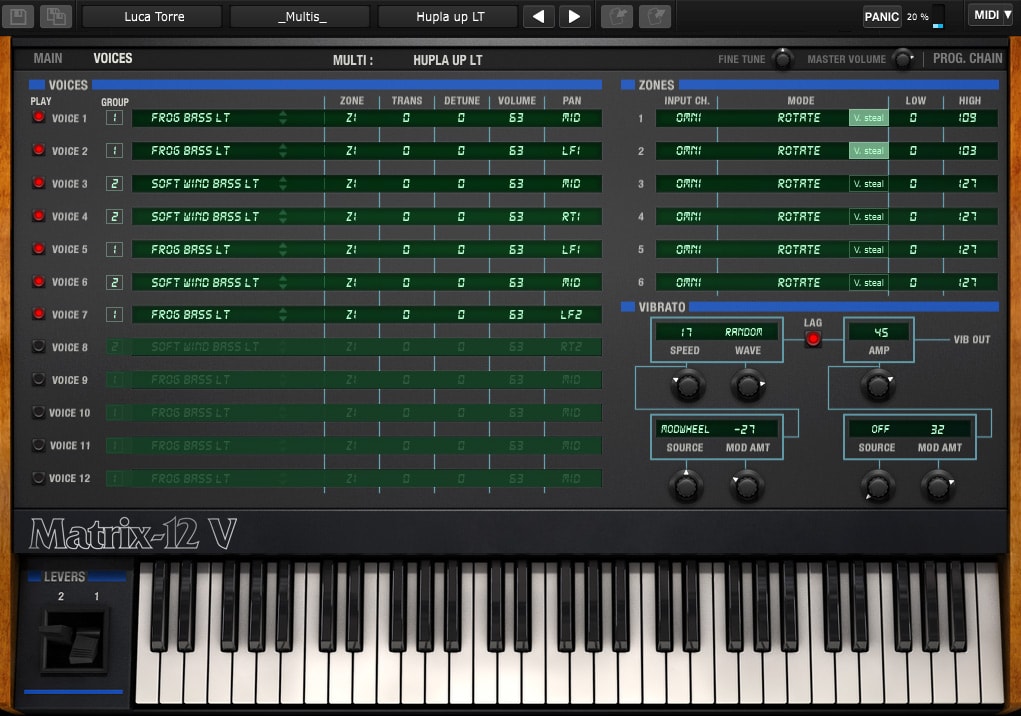

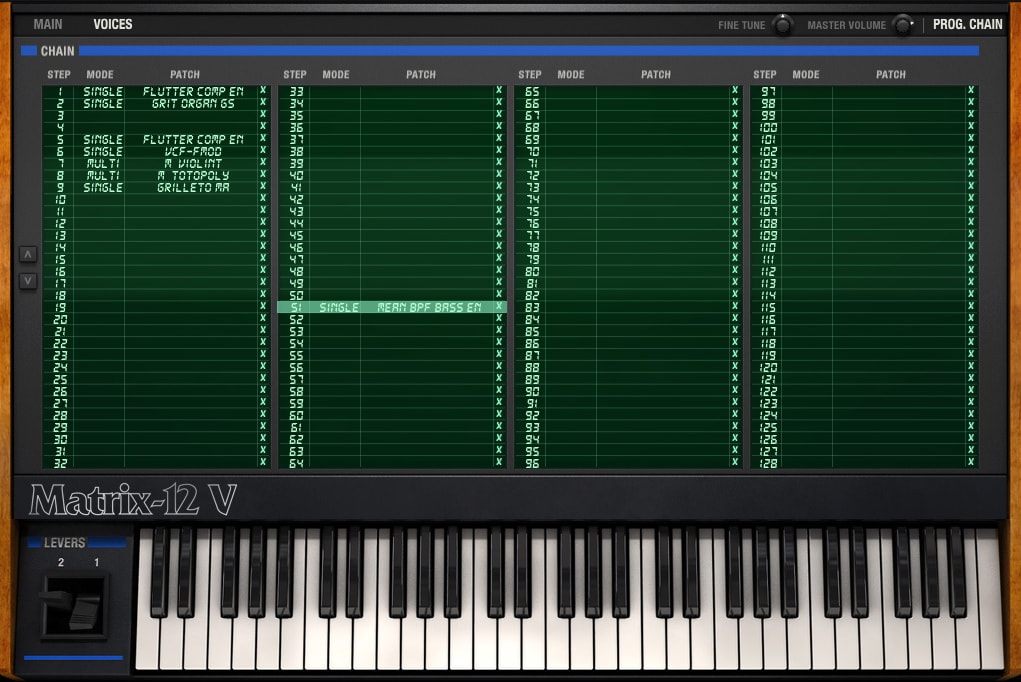

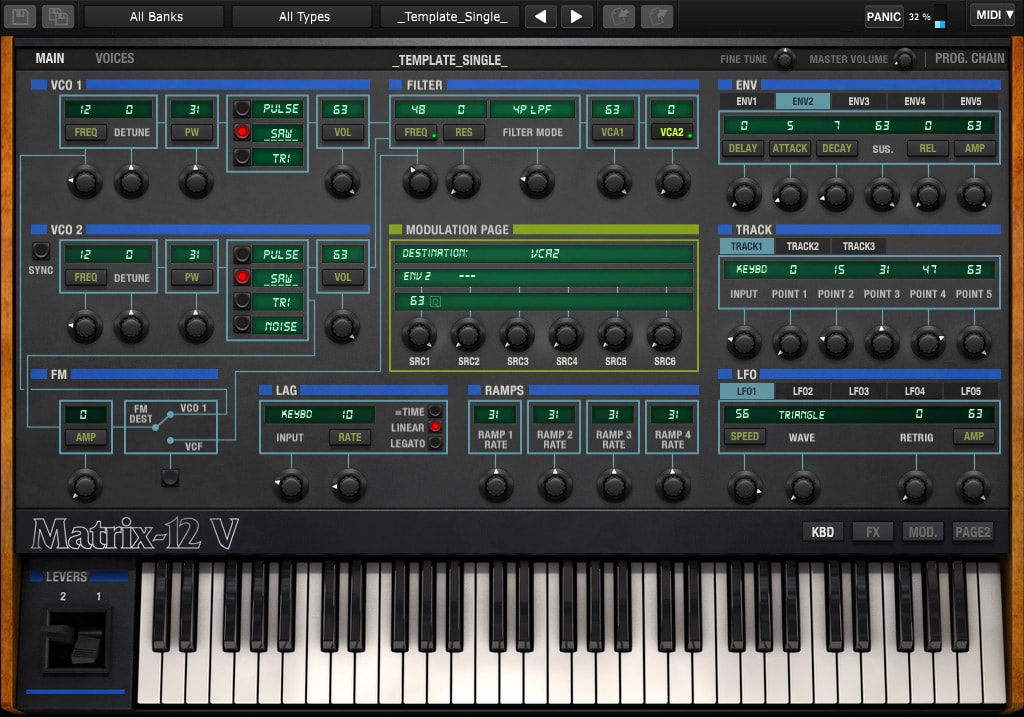
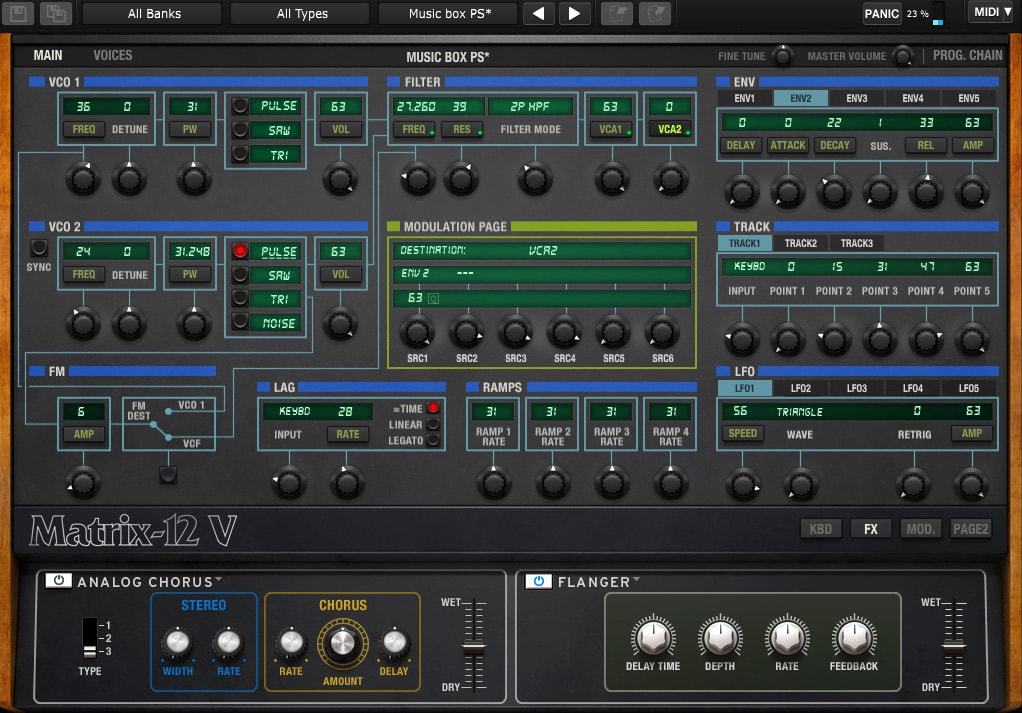

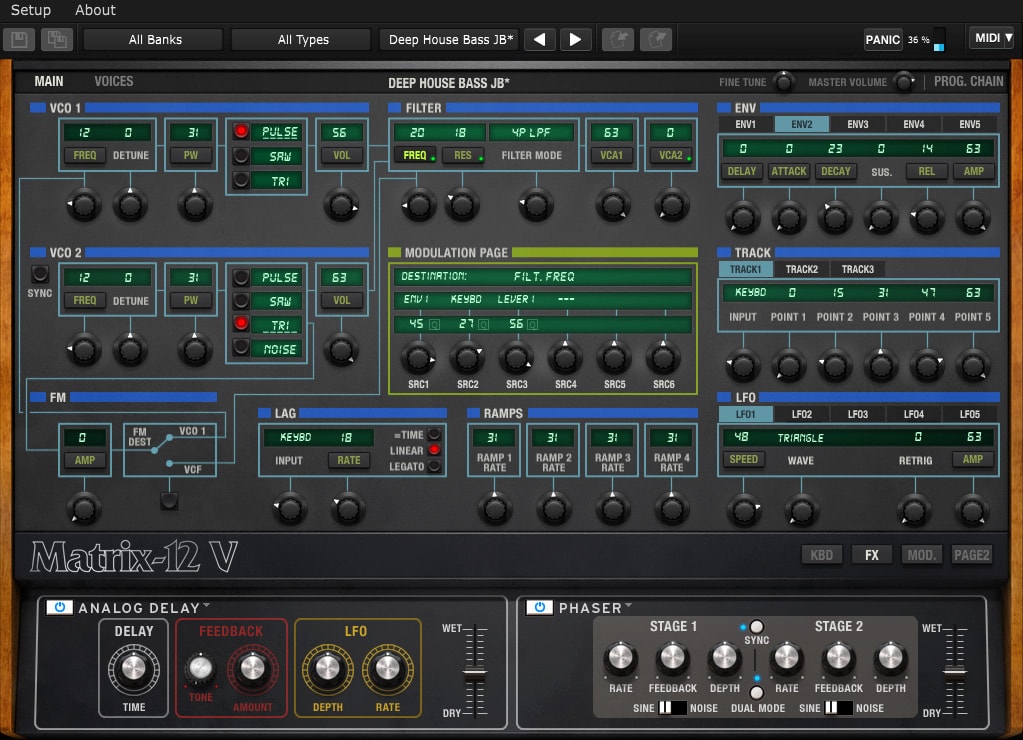

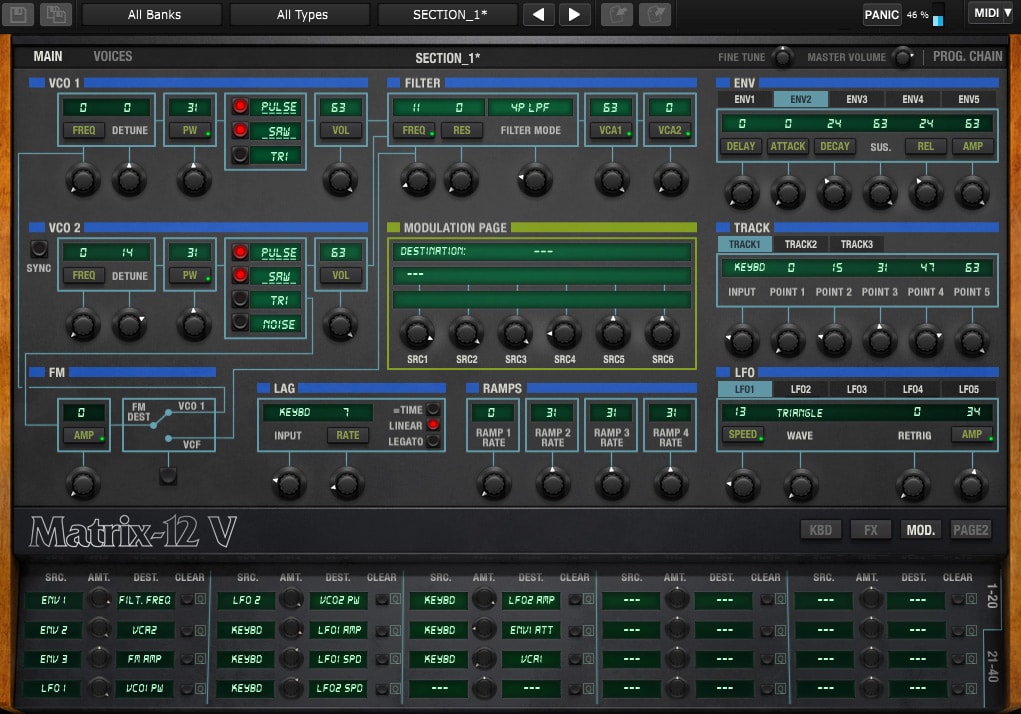
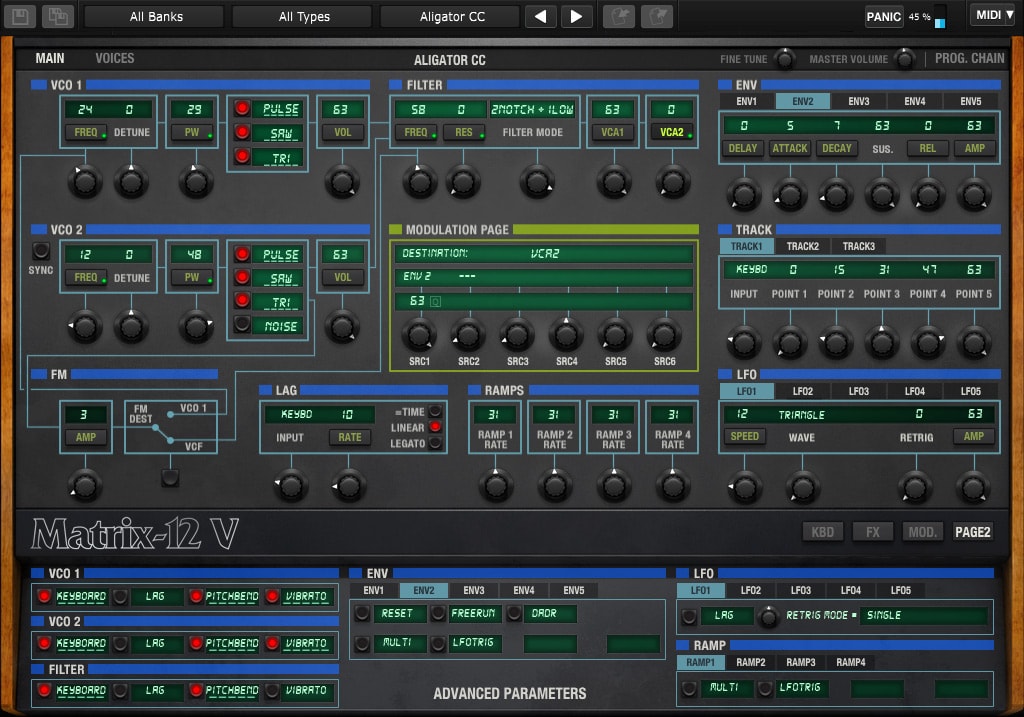
| Variant | 1 |




